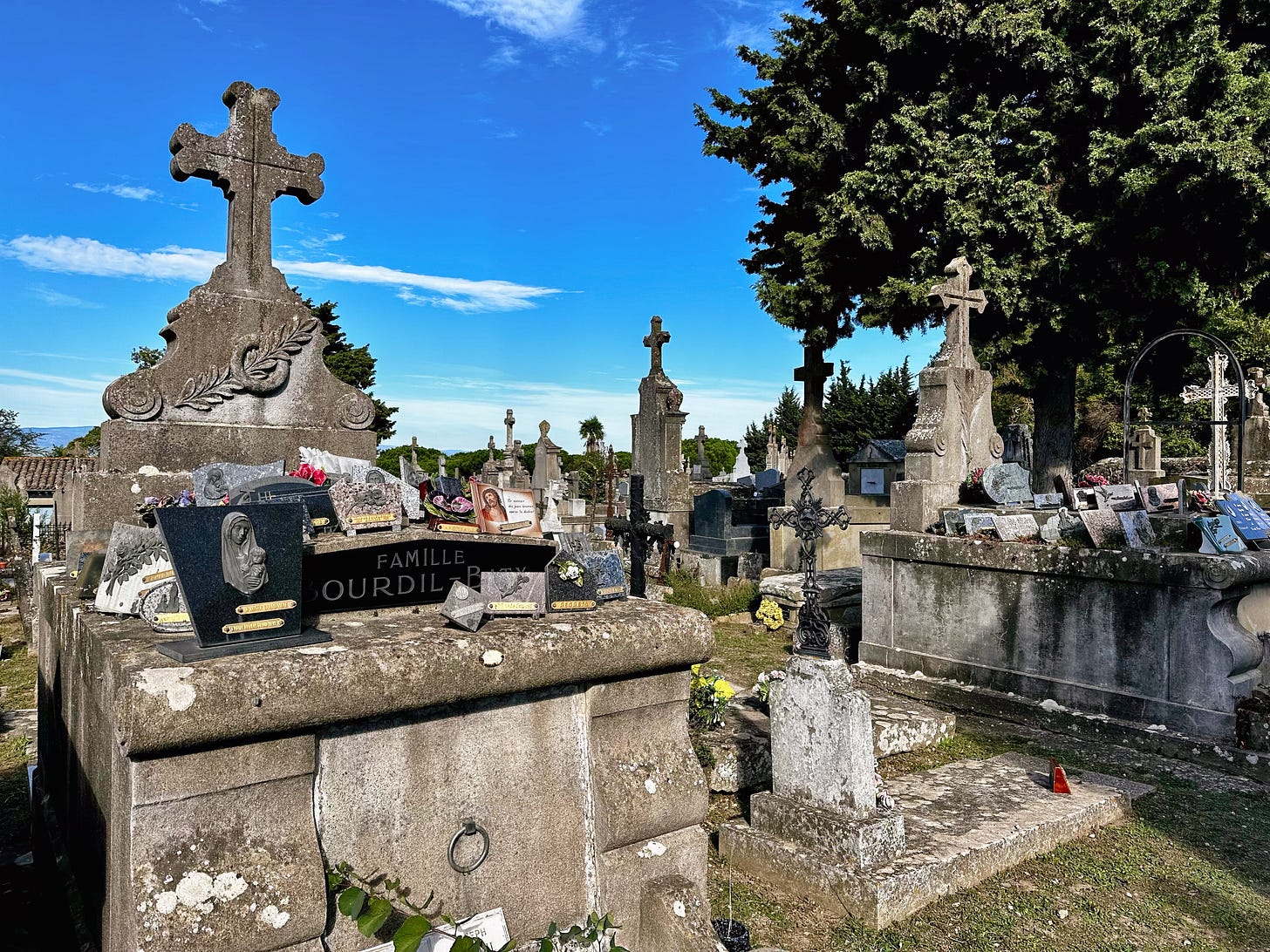Among the Stones: A Visit to Carcassonne’s Old Cemetery
Where Stone Walls Meet Stories of the Past
On my way around the legendary walled city of Carcassonne, I found myself detouring to a place most visitors pass by without much notice: the old cemetery that lies just beyond the Narbonnaise Gate. It’s easy to be distracted by the looming towers and battlements of the fortress, but the quiet enclosure on the hill offers a ver…
Keep reading with a 7-day free trial
Subscribe to TravelEssayist.com to keep reading this post and get 7 days of free access to the full post archives.



